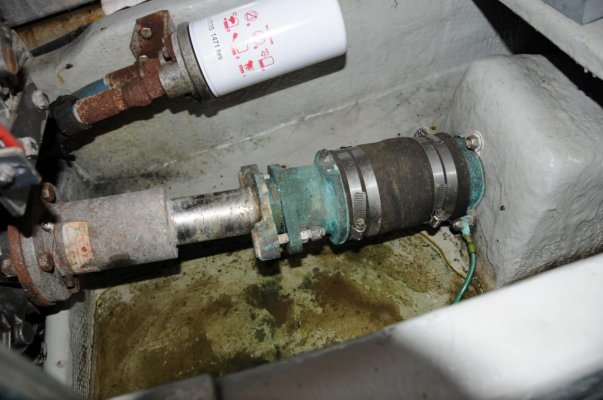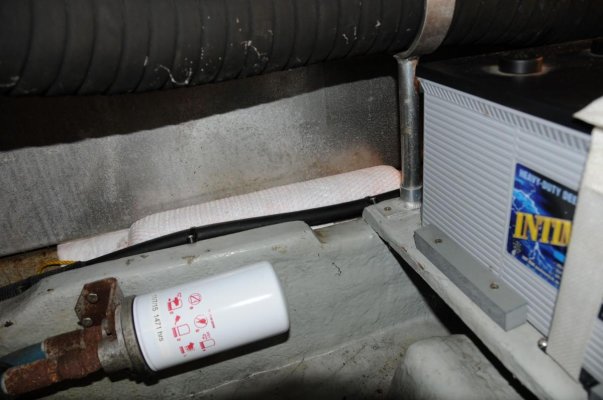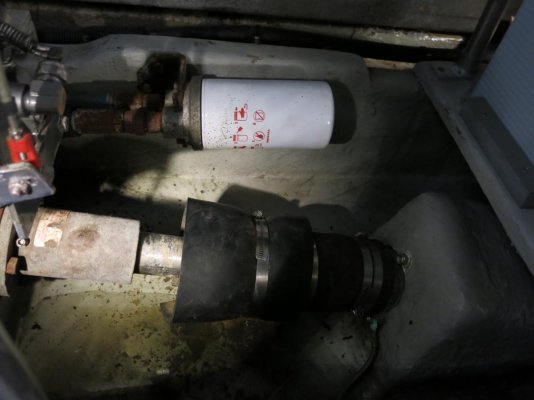garmstro55
Senior Member
My starboard Yanmar has the oil filter on the outboard side of the engine, virtually unreachable by anyone other than an orangutan. I'd like to install a remote filter that I can reach. Has anybody with the same set-up done this and if so, can you get a picture? TIA



